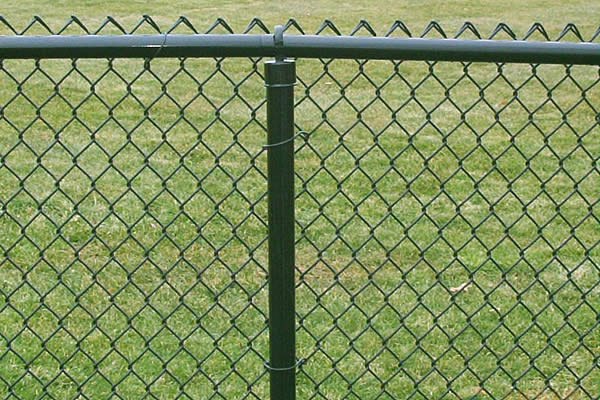 TEL:
+86-13102802206
TEL:
+86-13102802206
 Email:
fencenetting@china.com
Email:
fencenetting@china.com
 Language
Language
 TEL:
+86-13102802206
TEL:
+86-13102802206
 Email:
fencenetting@china.com
Email:
fencenetting@china.com
 Language
Language


Types of Iron Mesh An Overview
Iron mesh is a versatile material widely utilized in various industries due to its strength, durability, and adaptability. This woven or welded structure made from different grades of iron can find applications ranging from construction and automotive to landscaping and artistic endeavors. Understanding the different types of iron mesh helps in selecting the appropriate kind for specific needs.
1. Welded Iron Mesh
Welded iron mesh, often referred to as welded wire mesh, consists of numerous wires that are welded together at their intersection points. This type of mesh is known for its high structural strength and resistance to deformation, making it an ideal choice for applications where security and reinforcement are paramount. Welded iron mesh is commonly used in concrete construction as a reinforcement material, enabling it to bear heavy loads and withstand tension. It is also employed in fencing, animal enclosures, and as a support for various installations, ensuring safety and reliability.
2
. Woven Iron MeshWoven iron mesh is created by interlacing wires in a crisscross pattern, which provides a more flexible structure compared to welded mesh. While it may not be as strong as welded varieties, woven iron mesh offers excellent airflow and visibility, making it suitable for applications in HVAC systems, security screens, and decorative purposes. The woven design allows for greater flexibility, enabling this mesh to adapt to different shapes and surfaces. It is often seen in industrial applications where filtration or separation of materials is required.
3. Expanded Metal Mesh

Expanded metal mesh is produced by taking a flat sheet of iron and cutting it in a pattern that allows it to expand into a mesh-like structure. This method creates a lightweight but incredibly tough material with a unique aesthetic appeal. Expanded metal mesh offers excellent durability and is widely used in construction, particularly in stair treads, walkways, and facades. Its distinctive diamond pattern provides strength while allowing air and light to pass through, making it ideal for architectural feature applications as well as security barriers.
4. Perforated Iron Mesh
Perforated iron mesh is constructed by punching holes into flat sheets of iron. This type of mesh is similar to expanded metal but is characterized by its uniform hole patterns and varying hole sizes. Perforated mesh combines aesthetic qualities with functional benefits, allowing for excellent airflow and drainage capabilities. It is frequently used in filtering applications, sound barriers, and decorative elements in architecture. The adaptability in hole configuration gives designers the freedom to create unique patterns and styles that can resonate with specific design themes.
5. Stainless Steel Mesh
While not strictly iron, stainless steel mesh often falls under the broader category of metal mesh materials due to its similarities. Stainless steel offers improved corrosion resistance and strength, making it a popular choice for outdoor and marine applications. Stainless steel mesh can be woven or welded and is widely used in landscaping, safety guards, and food processing environments due to its hygienic properties.
Conclusion
Choosing the right type of iron mesh depends on the specific requirements of the project, including factors such as strength, flexibility, and aesthetic appeal. Whether it's for construction, security, filtration, or decorative use, understanding the characteristics of each type of iron mesh can lead to more effective utilization and better outcomes. As industries continue to evolve, so too does the role of iron mesh, making it a crucial material in modern applications.